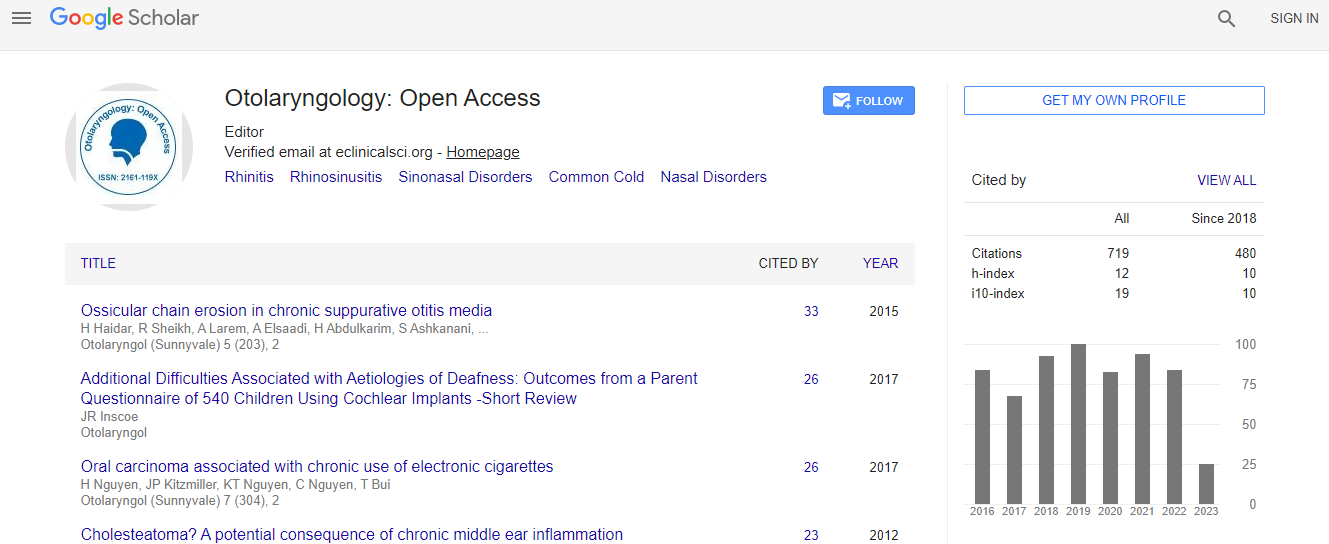Our Group organises 3000+ Global Conferenceseries Events every year across USA, Europe & Asia with support from 1000 more scientific Societies and Publishes 700+ Open Access Journals which contains over 50000 eminent personalities, reputed scientists as editorial board members.
Open Access Journals gaining more Readers and Citations
700 Journals and 15,000,000 Readers Each Journal is getting 25,000+ Readers
Google Scholar citation report
Citations : 925
Otolaryngology: Open Access received 925 citations as per Google Scholar report
Otolaryngology: Open Access peer review process verified at publons
Indexed In
- Index Copernicus
- Google Scholar
- Sherpa Romeo
- Open J Gate
- Genamics JournalSeek
- RefSeek
- Hamdard University
- EBSCO A-Z
- OCLC- WorldCat
- Publons
- Geneva Foundation for Medical Education and Research
- ICMJE
Useful Links
Recommended Journals
Related Subjects
Share This Page
Transcranial magnetic stimulation reveals differences between spasmodic dysphonia and muscle tension dysphonia
5th Global Summit and Expo on Head, Neck and Plastic Surgery
Sharyl A Samargia
University of Wisconsin-River Falls, USA University of Minnesota-Twin Cities, USA
ScientificTracks Abstracts: Otolaryngol (Sunnyvale)
Abstract
Statement of the Problem: Adductor spasmodic dysphonia (AdSD) is a form of focal dystonia resulting in a strained voice quality during speech tasks. The pathophysiology of AdSD is largely unknown and differential diagnosis is challenging due to the shared perceptual features with muscle tension dysphonia (MTD). Considering MTD does not have a neurologic-basis, comparison of cortical excitability, using transcranial magnetic stimulation (TMS), between MTD and AdSD offers a novel approach in differential diagnosis. A direct comparison of cortical excitability in AdSD and MTD has not previously been reported. Methodology: 10 subjects with AdSD, 8 with MTD and 10 healthy controls received single and paired pulse transcranial magnetic stimulation (TMS) to the primary motor cortex contralateral to tested muscles, first dorsal interosseus (FDI) and masseter. We hypothesized cortical excitability in AdSD would be significantly different than in MTD and healthy and would correlate with perceptual severity in AdSD. Findings: Cortical silent period (CSP) duration in masseter and FDI were significantly shorter in AdSD than MTD and healthy controls. Other measures failed to demonstrate differences. Conclusion & Significance: There are differences in intracortical excitability between AdSD, MTD and healthy controls. Differences in intracortical inhibition in FDI and masseter suggest widespread dysfunction of the GABAB (Gamma-Amino- Butyric Acid Type B) mechanism may be a pathophysiologic feature of AdSD, similar to other forms of focal dystonia. Further exploration of the use of TMS to assist in the differential diagnosis of AdSD and MTD is warranted.Biography
Sharyl A Samargia is an Associate Professor and Speech-Language Pathologist. Her expertise is the study of neuroplasticity as it relates to functional motor recovery in individuals with neurologic disease or injury. She is interested in combining neuromodulation techniques and high intensity, task specific behavioral practice to facilitate true neural recovery and minimize maladaptive plasticity.
Email: sharyl.samargia@uwrf.edu

 Spanish
Spanish  Chinese
Chinese  Russian
Russian  German
German  French
French  Japanese
Japanese  Portuguese
Portuguese  Hindi
Hindi 
